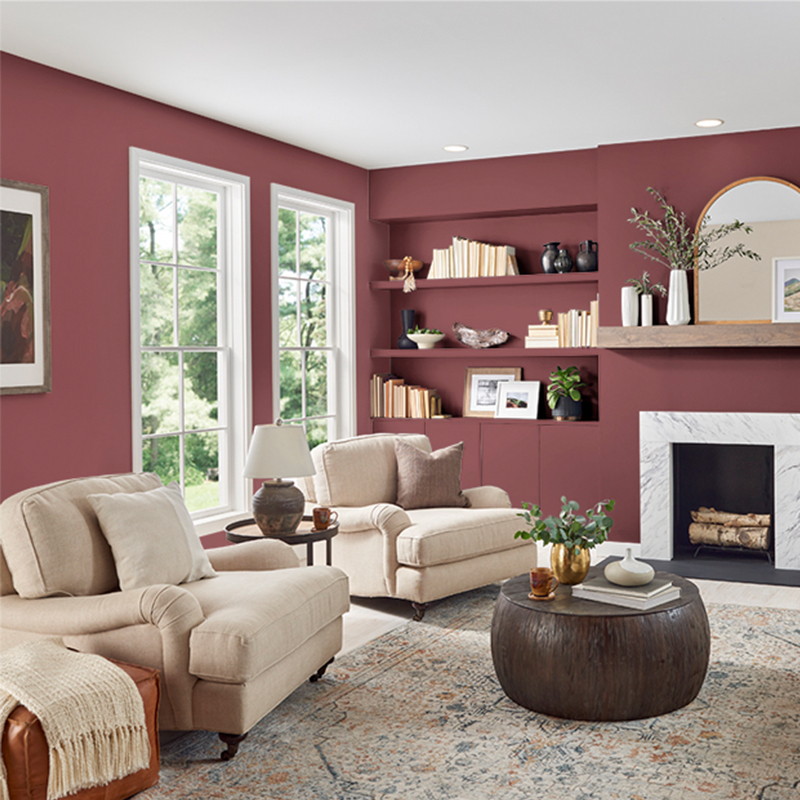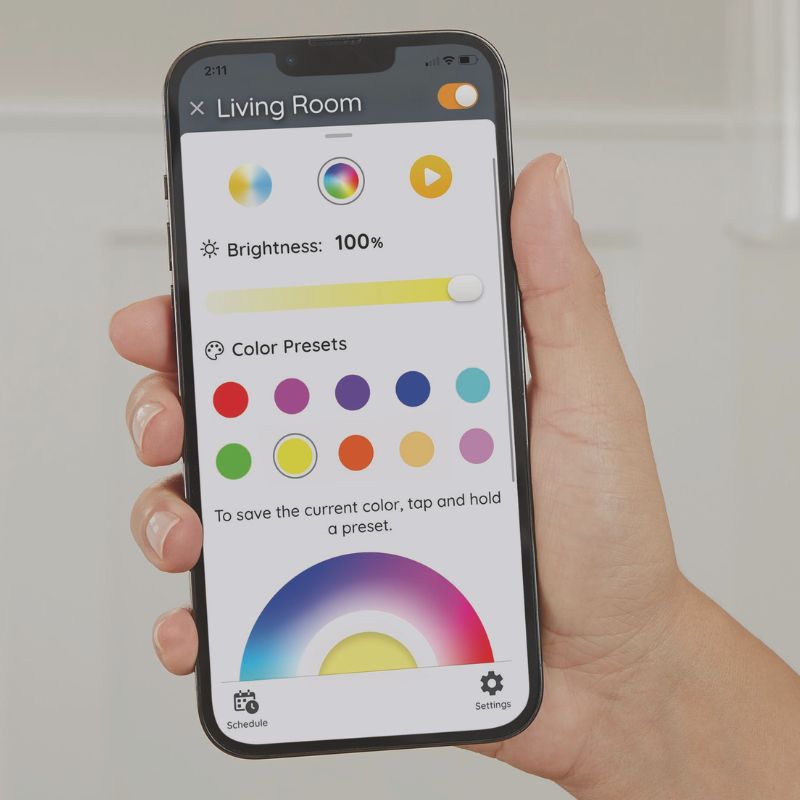Keeping up with plant care is not easy. It requires a delicate balance of light, water, temperature and soil. For the newly minted green thumb, these steps can lead to successful plant parenting and prevent early plant death. For the seasoned planter, they might just save some time or effort.

Water Brings Life—But Balance is Key
Water is vital to a thriving plant family, and spraying succulents or soaking the roots of your greenery leads to a long life. But the amount and frequency vary from plant to plant, leaving you to toe the thin line between under and over watering. “You don’t just go through and water them all at the same time,” advises Kathy Briglio, a Home Depot associate in Hampton, Virginia. “Different plants need different amounts of water at different times.”
Try to establish a personalized schedule, or go with a self-watering planter to make things easier.
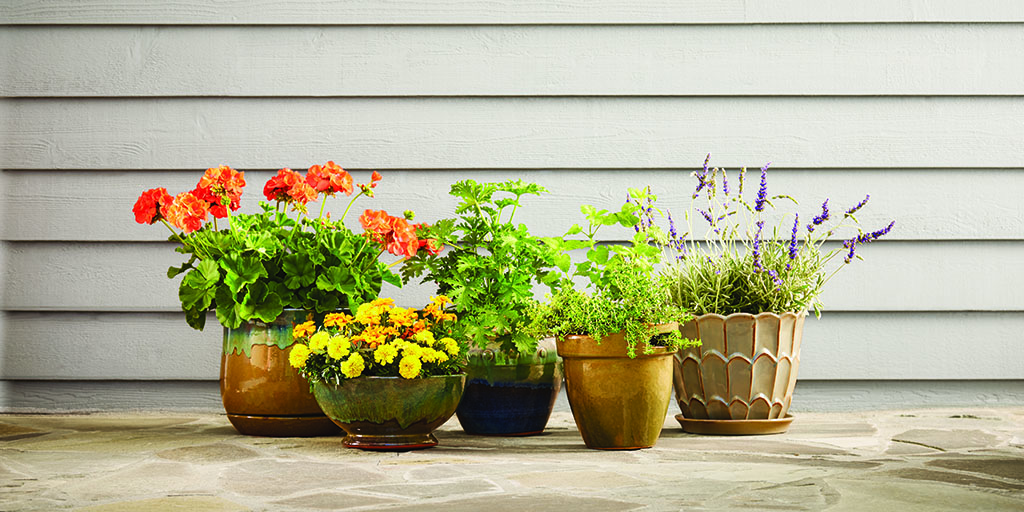
The Pot Should be a Priority
Your plants might fit in your favorite decorative pot right now but it’s bound to need a new home eventually. “Any time you see the roots growing out of the bottom of a pot or when the top grows over the sides, you know it’s time to re-pot,” Kathy says.
The new pot doesn’t need to be drastically bigger. “Typically, you move up about an inch or two,” Kathy recommends. “If it’s a six-inch pot, move up to an eight-inch pot if it’s not terribly overgrown.”

Learn From Your Light
Lots of light may seem like the way to a happy plant but that’s not always the case. “The light level for indoor plants is extremely important,” Kathy warns. “Succulents need a lot of sun, and there are a few such as the peace lily or snake plant that do well in low light.”
When deciding what kind of plant to purchase, the first step is knowing which direction your home faces and where the light comes in. An east-west house will have more direct and intense light than one facing north or south. You should then consider whether the spot you have in mind has the right amount of light exposure. You can always ask for guidance to ensure you don’t end up with a wilted plant.
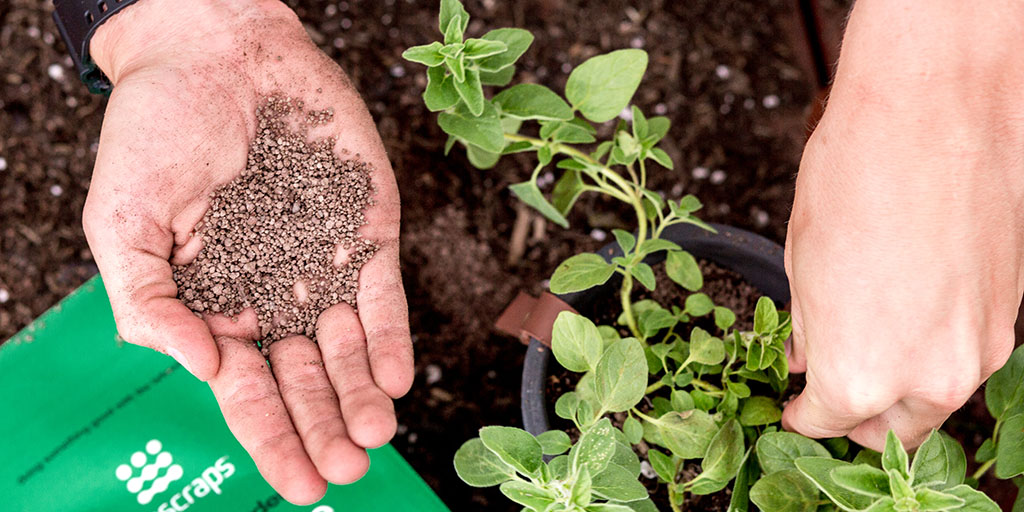
Don’t Forget to Feed—Even Indoors
You may consider fertilizer an outdoor treatment, but indoor plants can reap benefits as well. In addition to potting soil for extra nutrients and to help fight incorrect watering, Kathy recommends supplementing with fertilizer. “Most plants give you a schedule to fertilize and it’s usually about once every month or so,” she says. “We have products that are specifically designed for indoor plants.”
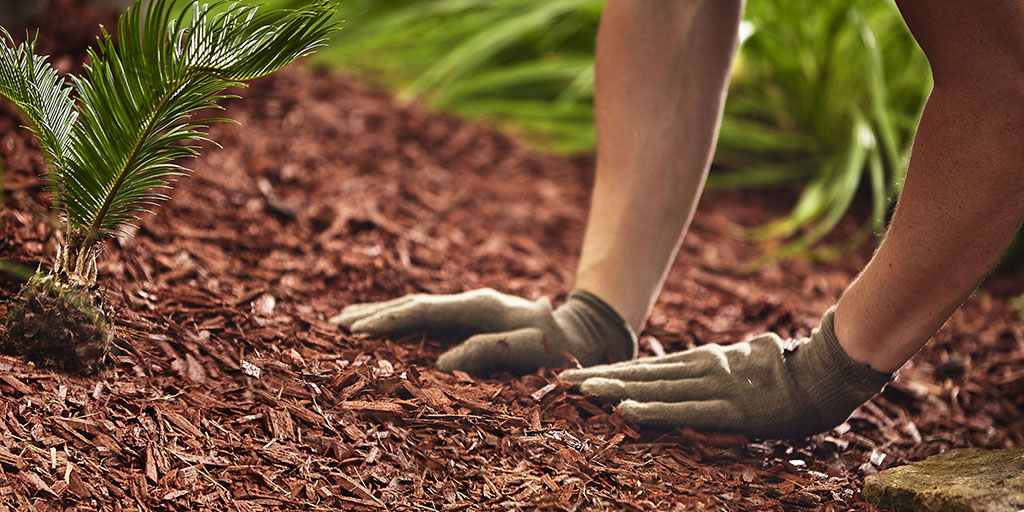
Mulch and Moss, Not Just for Outdoors
Mulch can also work great indoors, helping the plants retain water. “It adds some beauty, some have decorative scents and over time, it will add nutrients to the soil,” says Kathy.
Also consider using moss as a soil supplement, especially for terrariums. The trendy plant capsule is easy to make from scratch and even easier to care for, as long as they receive lots of sun.
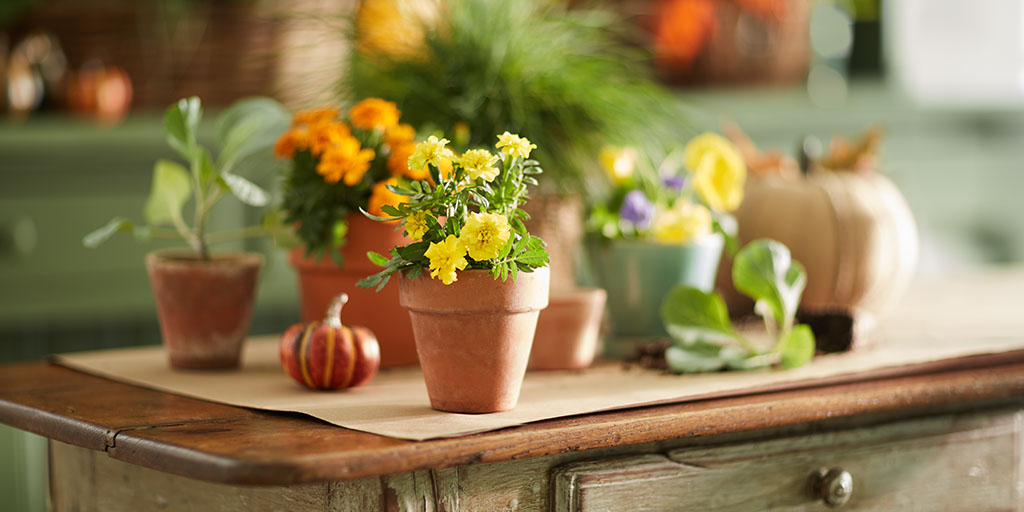
When All Else Fails, Stick with it
It’s inevitable that some plants will die. Others will wilt and lose their leaves. Still, a plant can seem on the brink of death and be brought back to life: check the stems, and roots and consider re-potting. Most importantly, never give up. “Sometimes people have a hard time figuring it out,” Kathy says. “But eventually you will be successful. I tell everybody to get gardening. It’s good for you!”



